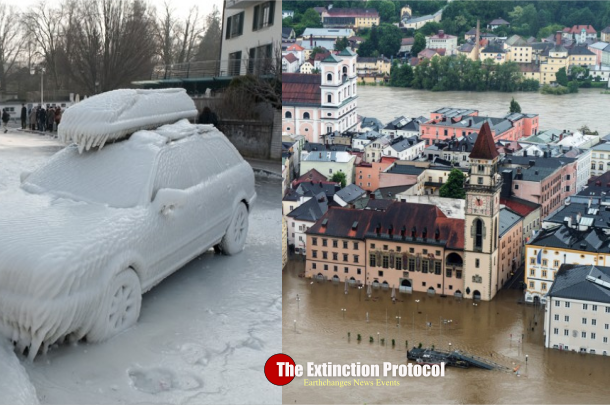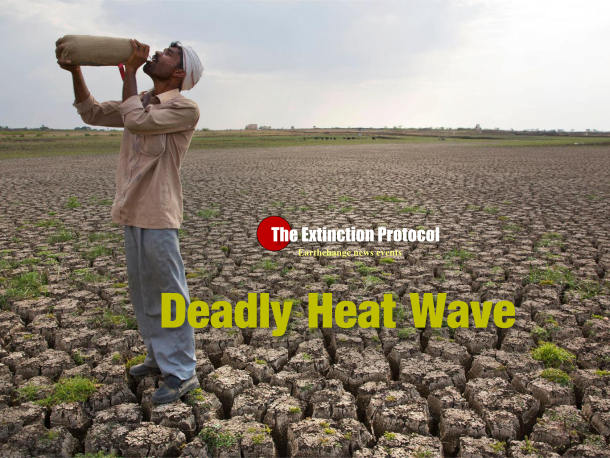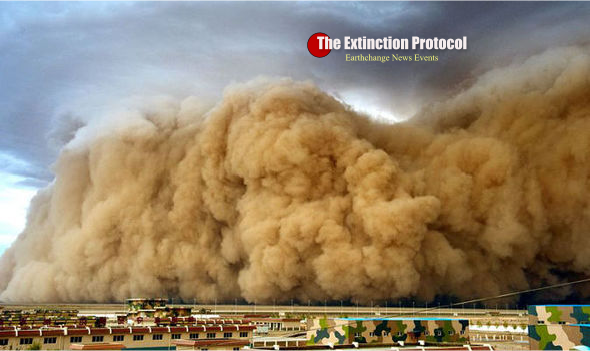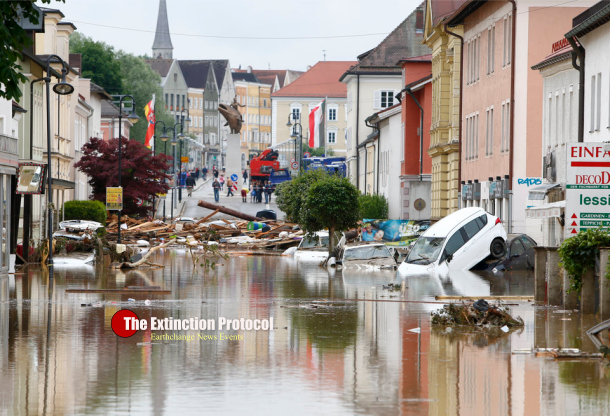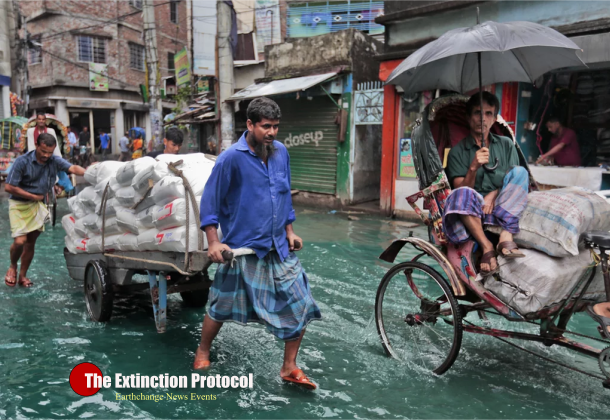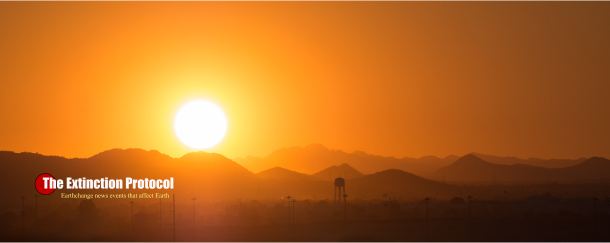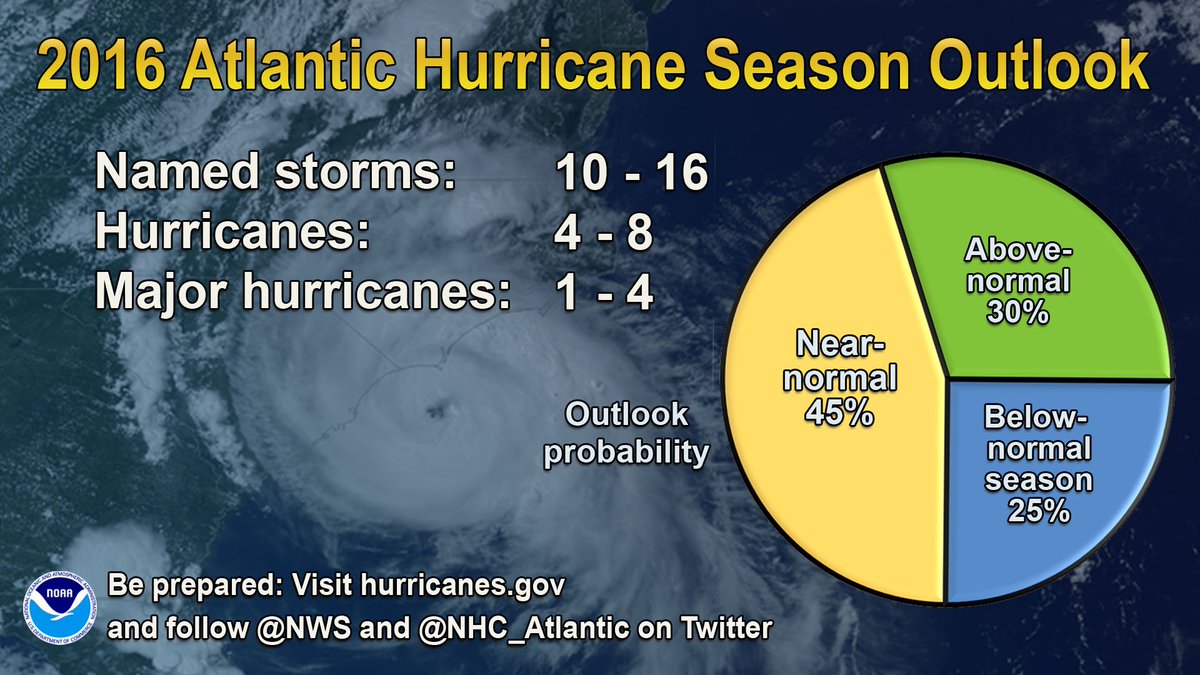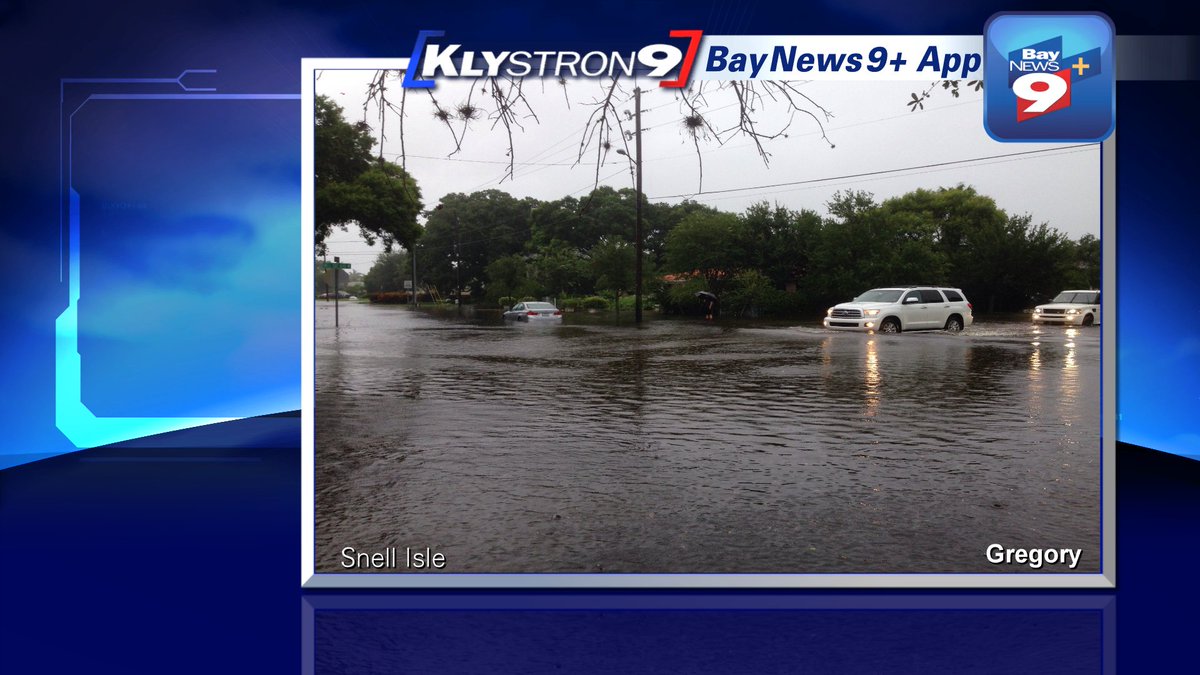Link
Already home to some of the most environmentally vulnerable populations on the planet, Africa looks to increasingly feel the sting of climate change through more frequent, widespread and intense heat waves.
Extreme heat that would be considered unusual today could become a yearly occurrence there by mid-century, one
new study suggests, and the trend will emerge earlier there — and in the rest of the tropics — before it does in more temperate areas,
another finds.
The studies, both detailed this month in the journal Environmental Research Letters, emphasize the undue burden that some of the poorest populations on the planet — often those that have contributed least to global warming — will face from climate change, the authors say.
“They don’t have the capacity to respond to such heat waves,” lacking the kind of warning systems and regular access to health care that help those in wealthier countries cope, said
Jana Sillman, a co-author of the first study, and a climate researcher at the Center for International Climate and Environmental Research in Norway.
An increase in extreme heat is one of the clearest implications of the overall warming that has resulted from decades of unabated
emissions of carbon dioxide and other heat-trapping greenhouse gases. Warming has been shown to
increase the odds of such extreme events already today, and heat waves are expected to
become increasingly intense and frequent at all regions across the planet as temperatures continue to rise.
